- Joined
- Apr 24, 2010
- Messages
- 12,923
- Reaction score
- 27,656
- Golden Thread
- 1
- Location
- Upper Canada 🇨🇦
- 🥇 Banner finds
- 1
- 🏆 Honorable Mentions:
- 3
- Detector(s) used
- XP Deus, Lesche Piranha 35 Shovel & 'Garrett Carrot'
- Primary Interest:
- Relic Hunting
Early 1900's Coin Spill - 1 silver & 2 LC's
I hunted this site back on Monday! I've been keeping notes all winter in my travels of locations to detect once the warm weather arrived and today it arrived! So, I knocked off early this afternoon and hit the front yard of an old home in the hamlet of Whitevale, Ontario. The first few coins I found were all modern pennies, but they gradually turned from the 1950's to the 40's, then I found the coin spill! I've never been so happy to find 7 cents in the ground before! As you can see in the pictures, these coins have been lying in close contact with each other for close to 100 years! The two large pennies are 1917 & 1918 and the silver (fish scale) nickel is 1913. When I 'heard' the brooch, I thought my eardrums were going to explode it was so loud! The Seaplane 'Dinky Toy' was a cool find, I love finding these kinds of old British toys!
I've got another farm lined up for tomorrow, I'll post anything interesting!
Thanks for looking,
Dave
PS. I found the 1930's square brown bottle jammed behind a rock under the front porch.
History - Whitevale, Ontario
The hamlet, located northeast of Toronto was first settled in the 1820s when John Major built a sawmill. The hamlet was known as the village of Major or Majorville, because of the mill and the number of Majors who lived close by on the 5th Concession line. Around 1855 Truman P. White bought the sawmill, built a gristmill and a cooperage; and in 1866 built a planing factory. The village owed so much of its development and business prosperity to T.P. White that in acknowledgement, it adopted Whitevale as its permanent designation.
Fires destroyed many of Whitevale's booming industries and continually changed the face of town. A public hall, which had been erected in 1860, was also lost due to fire. A carriage factory and the Cooperage went in 1874. The woolen mill was the next to experience a fire several years later, but the brick walls remained standing. This was later followed by the destruction of the planing mill and the Gristmill, which was then being operated by Mr. White himself. The planing mill was rebuilt on the site of the gristmill and subsequently burned in 1899. The gristmill machinery was rebuilt inside the fire-damaged brick walls of the old woolen mill.
I hunted this site back on Monday! I've been keeping notes all winter in my travels of locations to detect once the warm weather arrived and today it arrived! So, I knocked off early this afternoon and hit the front yard of an old home in the hamlet of Whitevale, Ontario. The first few coins I found were all modern pennies, but they gradually turned from the 1950's to the 40's, then I found the coin spill! I've never been so happy to find 7 cents in the ground before! As you can see in the pictures, these coins have been lying in close contact with each other for close to 100 years! The two large pennies are 1917 & 1918 and the silver (fish scale) nickel is 1913. When I 'heard' the brooch, I thought my eardrums were going to explode it was so loud! The Seaplane 'Dinky Toy' was a cool find, I love finding these kinds of old British toys!
I've got another farm lined up for tomorrow, I'll post anything interesting!
Thanks for looking,
Dave
PS. I found the 1930's square brown bottle jammed behind a rock under the front porch.
History - Whitevale, Ontario
The hamlet, located northeast of Toronto was first settled in the 1820s when John Major built a sawmill. The hamlet was known as the village of Major or Majorville, because of the mill and the number of Majors who lived close by on the 5th Concession line. Around 1855 Truman P. White bought the sawmill, built a gristmill and a cooperage; and in 1866 built a planing factory. The village owed so much of its development and business prosperity to T.P. White that in acknowledgement, it adopted Whitevale as its permanent designation.
Fires destroyed many of Whitevale's booming industries and continually changed the face of town. A public hall, which had been erected in 1860, was also lost due to fire. A carriage factory and the Cooperage went in 1874. The woolen mill was the next to experience a fire several years later, but the brick walls remained standing. This was later followed by the destruction of the planing mill and the Gristmill, which was then being operated by Mr. White himself. The planing mill was rebuilt on the site of the gristmill and subsequently burned in 1899. The gristmill machinery was rebuilt inside the fire-damaged brick walls of the old woolen mill.
Amazon Forum Fav 👍
Attachments
-
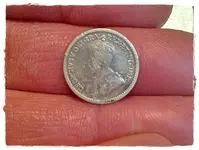 IMG-20130430-02068.webp53.6 KB · Views: 145
IMG-20130430-02068.webp53.6 KB · Views: 145 -
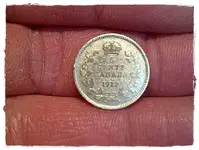 IMG-20130430-02066.webp60.7 KB · Views: 165
IMG-20130430-02066.webp60.7 KB · Views: 165 -
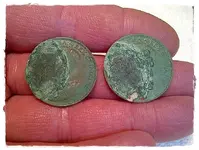 IMG-20130430-02063.webp66.8 KB · Views: 161
IMG-20130430-02063.webp66.8 KB · Views: 161 -
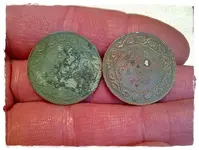 IMG-20130430-02062.webp53 KB · Views: 158
IMG-20130430-02062.webp53 KB · Views: 158 -
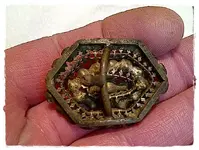 IMG-20130430-02059.webp72.1 KB · Views: 151
IMG-20130430-02059.webp72.1 KB · Views: 151 -
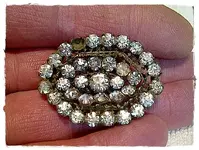 IMG-20130430-02058.webp93.6 KB · Views: 137
IMG-20130430-02058.webp93.6 KB · Views: 137 -
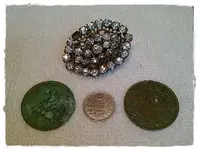 IMG-20130430-02057.webp62.4 KB · Views: 145
IMG-20130430-02057.webp62.4 KB · Views: 145 -
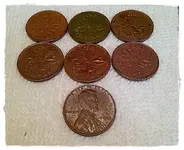 IMG-20130430-02056-crop.webp68.1 KB · Views: 145
IMG-20130430-02056-crop.webp68.1 KB · Views: 145 -
 IMG-20130430-02055.webp135.9 KB · Views: 144
IMG-20130430-02055.webp135.9 KB · Views: 144 -
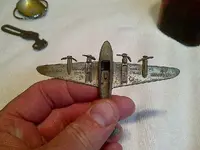 IMG-20130430-02054.webp140.2 KB · Views: 147
IMG-20130430-02054.webp140.2 KB · Views: 147 -
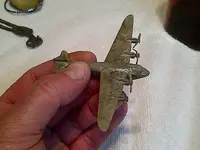 IMG-20130430-02053.webp56.7 KB · Views: 135
IMG-20130430-02053.webp56.7 KB · Views: 135 -
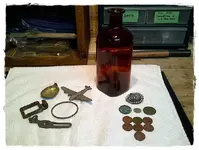 IMG-20130430-02051.webp64.4 KB · Views: 145
IMG-20130430-02051.webp64.4 KB · Views: 145 -
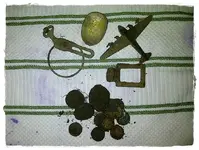 IMG-20130430-02049.webp84.1 KB · Views: 149
IMG-20130430-02049.webp84.1 KB · Views: 149 -
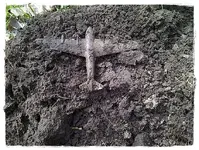 IMG-20130430-02047.webp138.8 KB · Views: 148
IMG-20130430-02047.webp138.8 KB · Views: 148 -
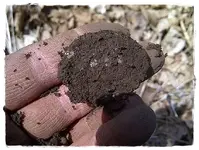 IMG-20130430-02046.webp80.2 KB · Views: 152
IMG-20130430-02046.webp80.2 KB · Views: 152 -
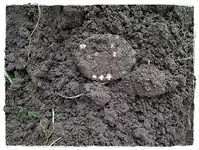 IMG-20130430-02045.webp120.8 KB · Views: 139
IMG-20130430-02045.webp120.8 KB · Views: 139 -
 IMG-20130430-02039.webp99.9 KB · Views: 160
IMG-20130430-02039.webp99.9 KB · Views: 160 -
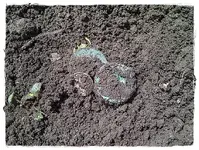 IMG-20130430-02038.webp147.1 KB · Views: 144
IMG-20130430-02038.webp147.1 KB · Views: 144 -
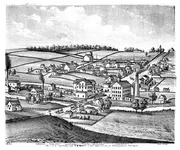 1850's.webp67.3 KB · Views: 150
1850's.webp67.3 KB · Views: 150 -
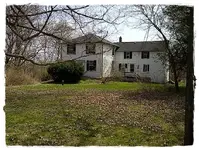 IMG-20130430-02043.webp125.7 KB · Views: 137
IMG-20130430-02043.webp125.7 KB · Views: 137
Upvote
8




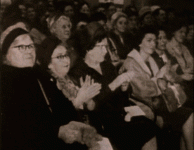
 I love finding toys from the 50's & 60's, especially the 'Dinky' & 'Lesney' brand 'Made in England' toys. They seem to stand up really well in the soil and I find a lot of them here in Canada.
I love finding toys from the 50's & 60's, especially the 'Dinky' & 'Lesney' brand 'Made in England' toys. They seem to stand up really well in the soil and I find a lot of them here in Canada.
